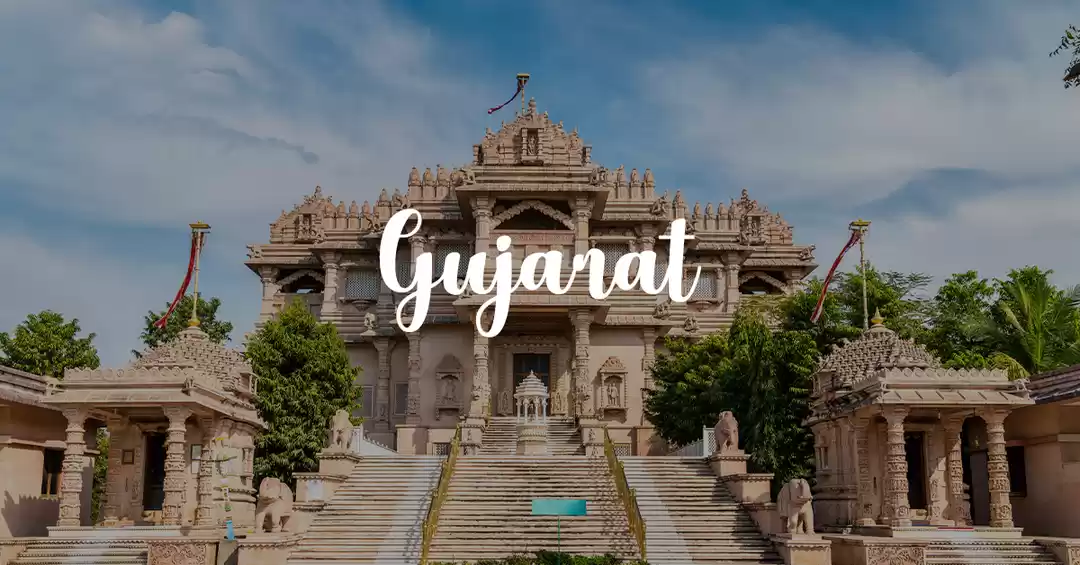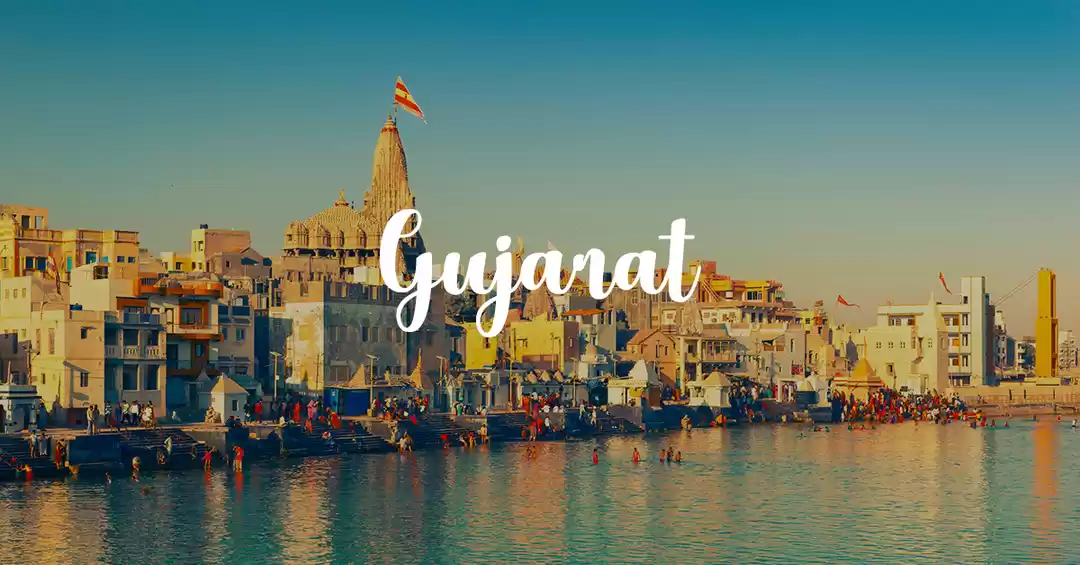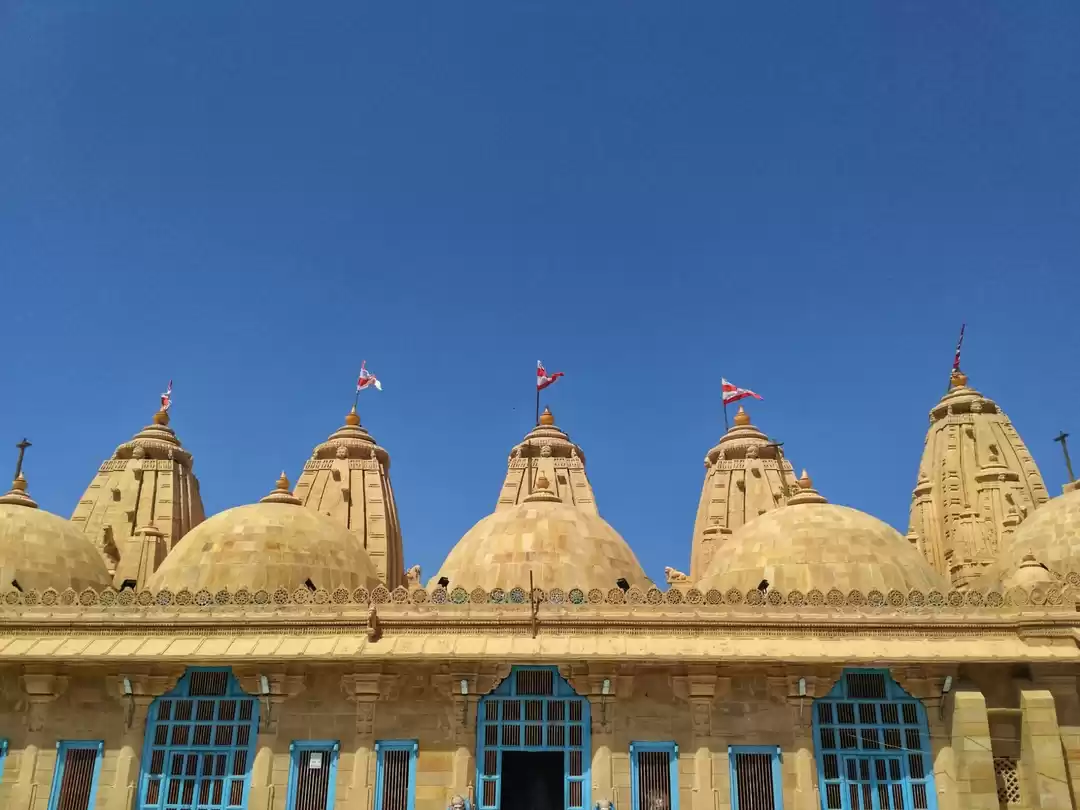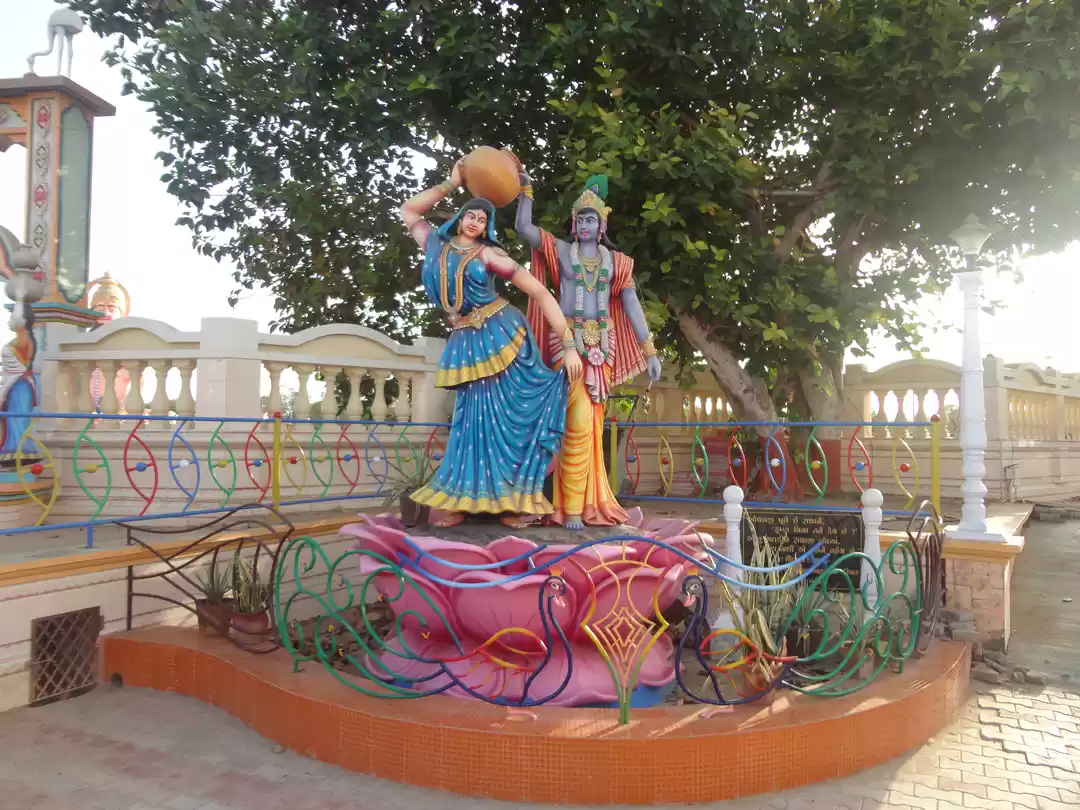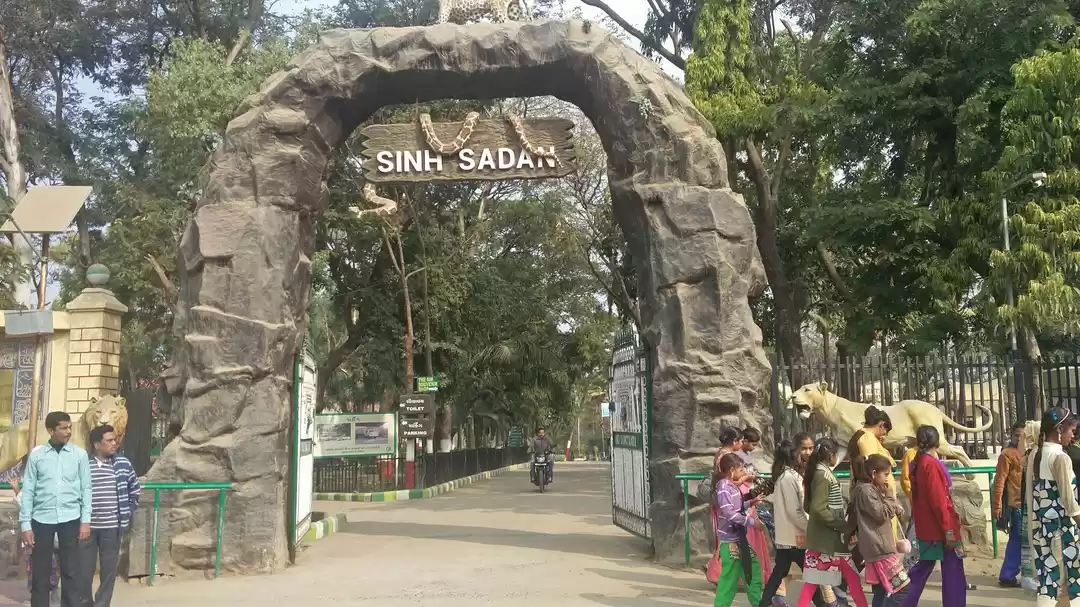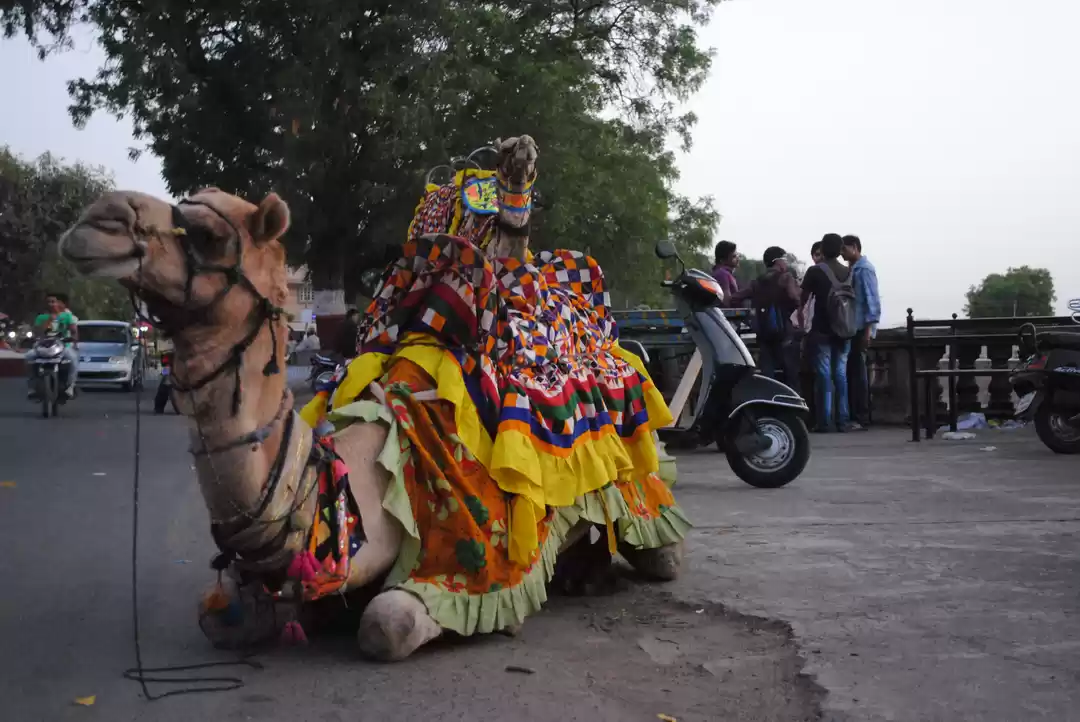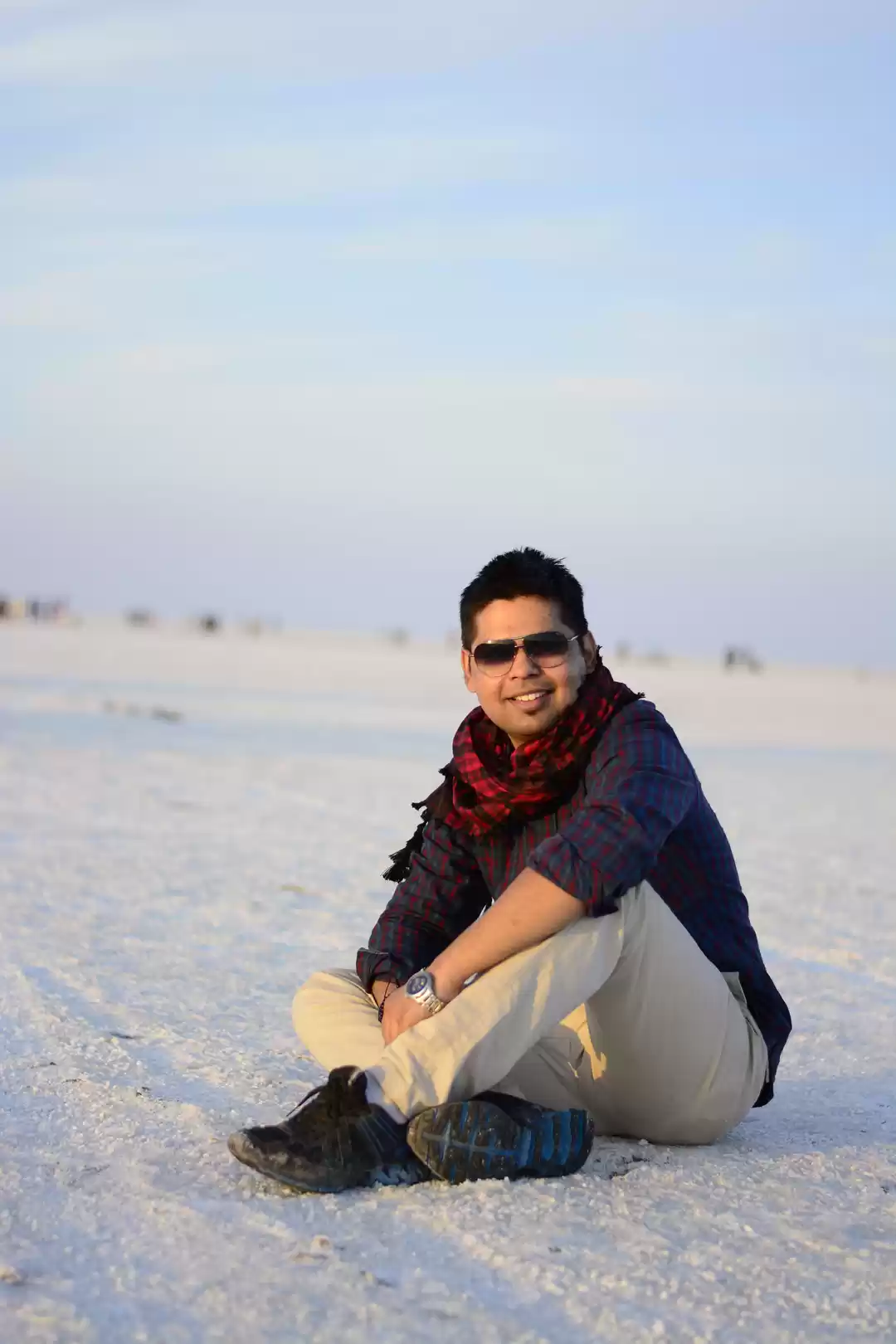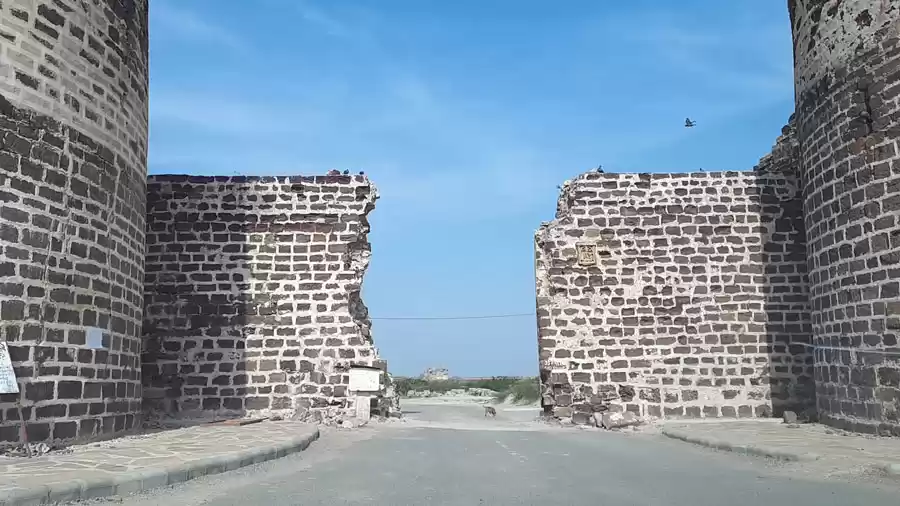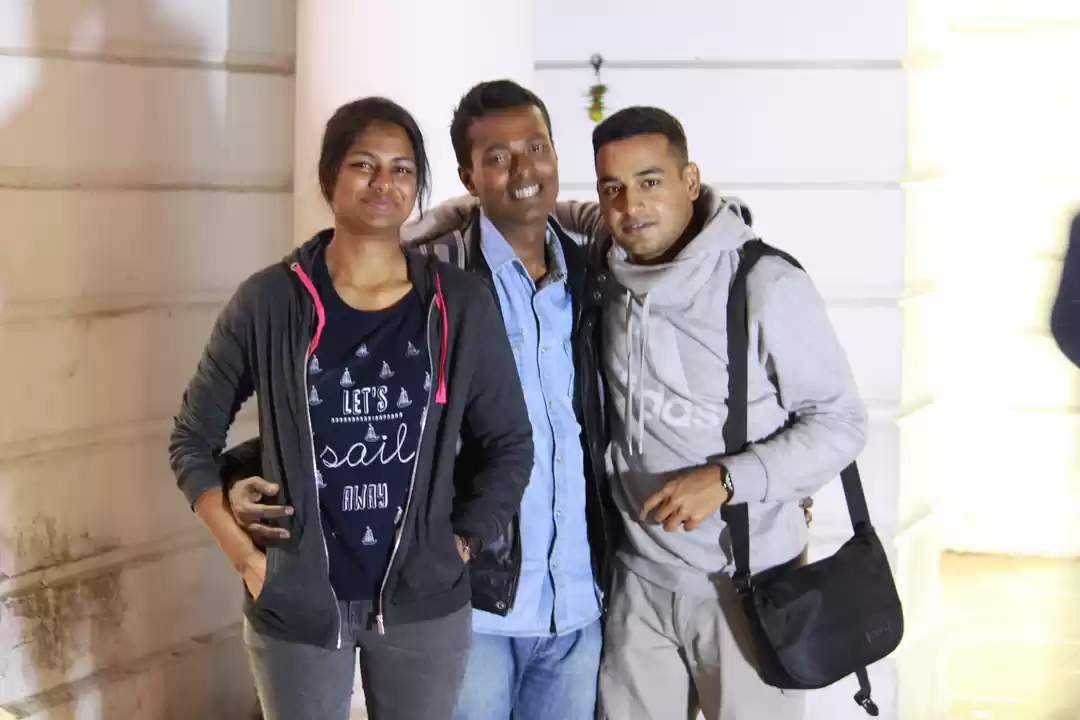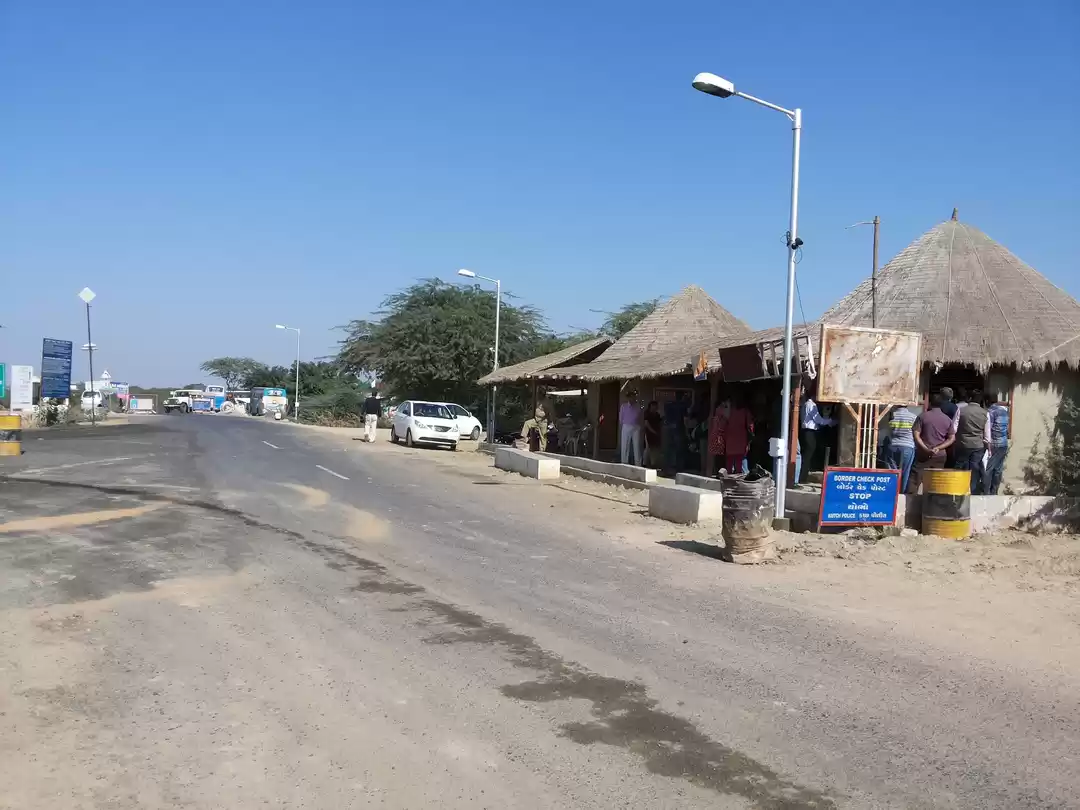
Kutch district is not only known for its natural beauty and unique phenomenon of white desert, but it also has places with huge religious significance. The western side of Kutch is more of a pilgrim’s trail with Mata no Madh, Narayan Sarovar and Koteshwar Mahadev temple visited by millions of devotees every year.
On the last day of our Kutch trip we decided to do this Pilgrim’s trail along with fort Lakhpat on the same day. This was the single longest road trip from Bhuj but since we have a hired car it was possible to cover all the places in a single day. A road trip was planned from Bhuj to Nakhatrana, Mata No Madh, Lakhpat, Narayan Sarovar, Koteshwar and back to Bhuj via Dayapar involving a round drive of over 300 kms. We have spent sufficient time at each place and the whole journey was very relaxed and doable in a single day.
After starting from Bhuj our first destination was Ashapura Mata Temple at Mata no Madh village. The village lies surrounded by hills on both banks of a small stream and has a temple dedicated to Ashapura Mata, the household deity of former Jadeja rulers of Kutch State, is also considered patron deity of Kutch. According to the legends the Idol of Maa Ashapura which is being worshipped is itself appeared from the earth. The original temple was built around the idol in the 14th century by two minister of Kutch state, Ajo and Anagor. In 1819 the temple was destroyed in earthquake and later rebuilt by Sundarji Shivji and Mehta Vallabhaji.
Our driver parked the taxi roadside near the Temple some 100 meters away. The alley to the temple was surrounded by shops selling religious, pooja material and souvenirs. When we reach there the Temple was a bit crowded with devotees and we also join them in the line for darshan. Inside the sanctum sanctorum there is passage for parikrama round the deity. Photography is not allowed inside the Temple. There is an annakshetra or community kitchen and dining hall inside the Temple premises where prasad/food is served to the devotees. Since it was too early for the lunch, we have not checked inside the dining hall.

There are plenty of option for night stay in the village with small hotels to Dharamshala. Nearest town is Nakhatrana with more hotel options, but the best option is to stay in Bhuj which will give you more possibilities for exploring places around.
After Darshan of Ashapura Mata at Mata no Madh, we left for Lakhpat Fort. The road SH 42 between Mata no Madh and Lakhpat was in good condition. After Dayapar the traffic on this road was very limited and whatever vehicles are moving belong to the nearby Pandhro Lignite Mine and power plant.

On state highway SH 42 Lakhpat is the last town and most isolated place in Gujarat. In ancient times, the river Indus and its subsidiary streams fell into the sea after passing through this region. Lakhpat was a rich rice growing area and was also a popular port connecting inland areas to all the Indian ocean region. The town was very prosperous till 1819 when the Indus river changed its course due to earthquake. All trading and agriculture activities halted after that and now the town has a deserted look. For more about Lakhpat read my post;
Lakhpat Fort- End of the road to the deserted town
We left Lakhpat around 3 o’clock. The road from Lakhpat to Narayan Sarovar (SH 6) was in very bad condition and it take more time than expected to reach Narayan sarovar. Before this place was on an island but now connected to the mainland through a road.
There are 5 Holy lakes in Hinduism collectively called Panch Sarovar. Narayan Sarovar Lake is one of these 5 holy lakes along with Mansarovar lake in Tibet, Pampa lake in Karnataka, Bindu Sarovar in Orissa and Pushkar lake in Rajasthan. As per legends once there was a drought in the area. All the sages start doing Havan and praying to Lord Vishnu. When Lord Vishnu appeared in response to their fervent prayers, he touched the land with his right leg’s toe, creating the lake. This lake was created by Lord Narayan himself hence called Narayan sarovar.
I was glad to see the Sarovar water was clean though we did not get inside the water. During my last visit to the lake the water was looking green due to algae. The lake is surrounded by houses and Temples. East side of the lake is open and the remaining three sides are surrounded by walls and stone steps for bathing. For visitors, the main access to the lake is through the temples. From the temple complex there is a small gate in a huge wall from where you can reach the lake. lf you watch from another side of the lake it looks like the temples are inside a small fort with watch towers.

There are two main temples constructed inside this fortified wall built by the queen of Kutch in the year 1734. These are Lakshminarayan and Trivikramrayji Temple. The temple of Trivikramrayji is west facing and resembling in style and shape with Koteshwar Temple. There are five more Temples in front of the main Temple. These are Dwarkanath, Lakshmiji, Govardhannath, Adinarayan and Gopalji Temple. All the temples are made of stone and the gates are painted in blue color which looks contrasting and colorful. With all the Temples of Lord Vishnu around, it is the Narayan sarovar itself which is of greater religious significance. There was no rush when we visited the Temples. We visited the sarovar and Temples with a slow pace and offer prayers to the Lord. After prayer at these Temples we left for Koteshwar Mahadev Temple. As Narayan Sarovar to Koteshwar is just 2 km, we reach Koteshwar Temple within few minutes.




If you wish to spend a night, Narayan Sarovar temple trust maintains Dharmashala (Inn) and Annakshetra there which is near the temple opposite side of the road and is the cheapest option. Other than this there are few more dharamshala’s run by different trust. The other option is Toran hotel run by Gujarat tourism.

The Koteshwar temple is situated on a high plinth overlooking the sea. From the parking lot you must take a flight of stairs for reaching the temple. Before the stairs there are many shops for buying flowers, prasad and refreshment. At the entrance of the main temple there is a large, beautiful brass bull which was presented by Rao Deshalji I of Kutch State. There is a large statue of Hanuman in the right dome and Ganapati in the left dome. The present temples were built in 1820.The temples have been rehabilitated and renovated over many centuries by various rulers of Kutch, renovation done by local Kutchi artisans.

As per legend the story of Koteshwar temple is associated with Ravana, the king of Lanka. Ravana got a Shiva Linga as a boon from Lord Shiva for his penance an outstanding display of piety. The Linga given by the lord was powerful and once installed and worshipped will make Ravana immortal. But there was a catch. It can be installed only once to the place where he wants to worship so he should refrain from taking rest on his way to Lanka.
Fearing that Ravana will become immortal, Lord Brahma took the form of Cow fall in mud and start shouting for help. Ravana which was returning to Lanka see the cow stuck in the mud crying for help. Being a religious person, he decided to help the cow and by mistake he put the Linga on the ground. After taking the cow out of the mud pool when he returned, he found there is one Koti (Million) Lingas there. He got confused which one is original, finally he took one of them left for Lanka. Once Ravana left all the lingas disappeared except the original one and the Temple was constructed around it.

Koteshwar Temple is the westernmost inhabited point of lndia and an excellent sunset point. Between Temple parking and the Jetty there is plenty of places for relaxing and watching the sunset, but the best place in my opinion is the observation deck just in front of the Temple. It is slightly elevated from all the location around and it will offer you the best sunset view. After Darshan and prayer we wait in the temple premises till the sunset.


Near the parking area one of the shop owners told me that in a clear night sky the glow of light from Karachi city (Pakistan) can be seen from there. Since we have time constraints, so we haven’t witnessed but if you have time give it a try. After watching a beautiful sunset, we left for Bhuj.








